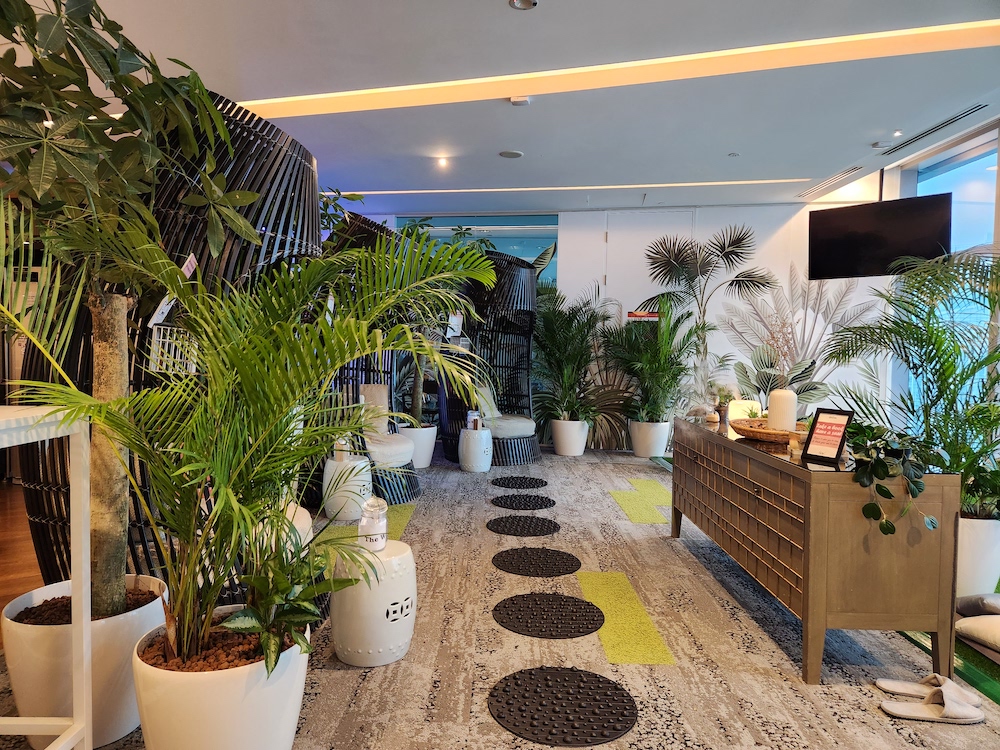Erwin Chong of DBS shares how organizations can inject synchronicity into their workplaces to encourage in-person collaboration.
In June 2023, Bloomberg News reported that New York City is losing more than US$12 billion a year as workers spend 30 per cent fewer days in the office. With the shift to hybrid work post-pandemic, organizations globally are facing a pressing challenge: the imbalanced utilization of office space. Nowhere is this discrepancy more apparent than on Fridays, with many offices resembling “ghost towns”. This uneven distribution of in-office days negatively impacts employee experience, operational costs, and the vitality of business districts.
The vibrancy and success of buildings, business districts, and cities are intrinsically tied to the vibrancy and productivity of the individuals within them. To reignite office engagement, it is crucial for organizations to give serious thought to how they can bring synchronicity into the workplace.
Synchronicity refers to the meaningful alignment and interplay of experiences, connections, and events within a hybrid work environment. It involves recognizing and nurturing the serendipitous moments, chance encounters, and meaningful coincidences that can occur when individuals collaborate and interact in both physical and virtual spaces. By fostering synchronicity, organizations can create an environment where employees feel connected, inspired, and engaged, thereby enhancing productivity and fostering a sense of collective purpose.

Tapping Asian Collectivism
In driving synchronicity, Asian companies have an advantage as they can tap into the collectivist culture prevalent in many Asian societies. By collectively determining in-office days, managers and employees can optimize collaboration and teamwork based on shared needs. This, in turn, builds ownership of work schedules and fosters serendipitous interactions that could drive innovation, productivity, and a sense of belonging among employees.
Here are three ways in which organizations can inject synchronicity into their workplaces:
1. Harnessing Technology
By embracing advanced scheduling tools and collaborative platforms, organizations can enable seamless coordination in both physical and virtual spaces. Balancing individual focus time with collaborative activities becomes more easily achievable, as managers deconflict schedules and evenly distribute in-office days throughout the week.
2. Accommodating Preferences
By recognizing that every individual is unique, team managers can better understand the work preferences of their team members. Through accommodating these preferences, organizations can strike a balance and optimize the blend of in-office and remote work, thereby maximizing productivity and satisfaction levels.
3. Redefining Non-Peak Days
Instead of viewing Fridays as mere work-from-home days, organizations can reinvent them as opportunities for team social bonding. Studies consistently highlight the positive impact of workplace friendships on employee well-being and business outcomes. Companies could be intentional in organizing team-building activities and employee town halls on Fridays.

Creating Purposeful Workspaces
To maximize the benefits of in-person collaboration, organizations should also design purposeful workspaces that facilitate serendipitous interactions. By leveraging behavioral science and environmental design, companies can create settings that encourage spontaneous connections among employees, even across different teams and departments.
DBS ran several experiments to better understand our employees’ behaviors and usage needs, and recreated our existing offices into purposeful workspaces. Our experience showed that incorporating destination spaces where personal conversations can flourish outside formal workspaces fosters psychological safety and strengthens interpersonal relationships.
One example is our staff cafeteria that we repurposed to have different spaces within that cater to employees’ needs, be it for dining, working or socializing. This is an example of a destination space to drive serendipitous interactions as employees come together to eat and connect beyond their workspaces.

Additionally, dedicated wellness spaces that are made visible, cosy and inviting with privacy pods can provide a safe space for employees to reset, while ideation rooms with customizable elements such as movable furniture stimulate productivity and creativity, which are crucial for a fruitful ideation session.
A truly effective hybrid work model relies on the integration of purposeful spaces, collective decision-making, and active participation from both managers and employees. By embracing the power of collective synchronicity, organizations can unlock the full potential of their hybrid workforce, reinvigorating employee engagement and making the office a source of consistent happiness for all.
Our recent data indicates a promising 12 per cent year-on-year increase in Friday office attendance compared to the 7 per cent global average reported in a Time article. These findings highlight the potential for organizations to successfully navigate the challenges of hybrid work and create an environment that fosters collaboration and productivity.
By harnessing the potential of collective synchronicity to foster serendipitous interactions and strengthen teamwork and collaboration, organizations can breathe new life into Fridays. Before the pandemic, we would often look forward to Fridays as the most anticipated and joyous day of the work week. The challenge for organizations now lies in creating an office environment that consistently cultivates happiness and fulfillment for all employees, every day.


